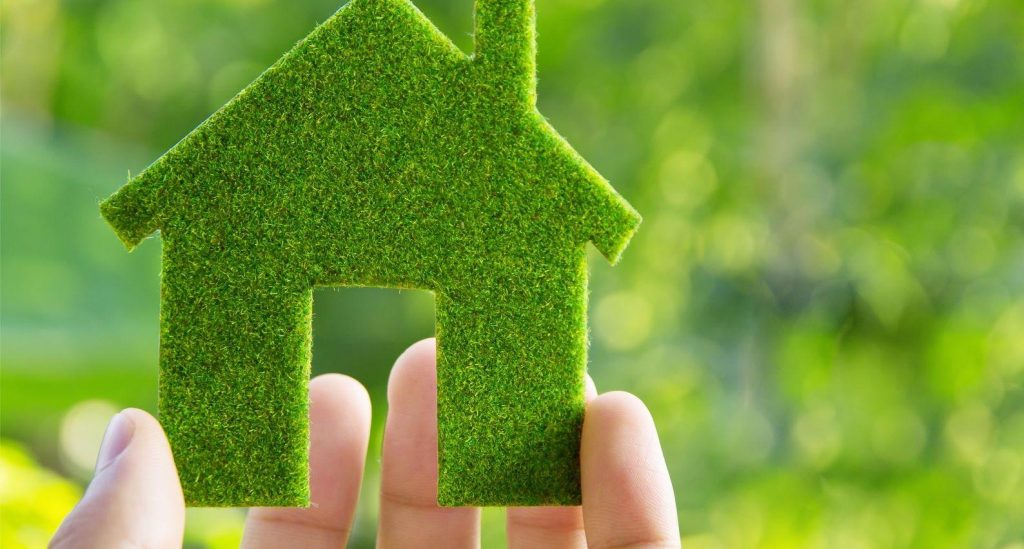Industrial solid waste treatment methods and application methods in new green building materials

The importance of the application of industrial solid waste in building materials
First, the problem of environmental pollution from solid waste is alleviated. Solid wastes mainly include red mud, steel slag and slag in industrial production. The use of these raw materials in building materials can effectively reduce environmental pollution. Secondly, the problem of resource shortage can also be effectively alleviated. With the continuous development of construction enterprises, the phenomenon of resource shortage is more common in construction, which will have a serious impact on the reliability and efficiency of construction. Waste can effectively alleviate such problems, effectively reduce the application cost of engineering materials, and further improve work efficiency.
Analysis of Characteristics of Industrial Solid Waste
The so-called industrial solid waste is the semi-solid and solid waste material that appears during industrial production, mainly in the industrial production of chemical industry, metallurgy and coal.
First of all, solid waste has a large output and a rich variety, which can be developed and utilized, and the amount of waste is especially large in industrially developed areas, which can be applied in the production of building materials. Second, its calorific value is high. High calorific value is one of the characteristics of waste, then it can be used as a fuel in the production of bricks, effectively saving various resources of the country, improving its production quality, and using waste as energy saving in actual production. The materials are used to further improve the production effect of building materials. Then it is relatively stable in terms of stability, and the characteristics of stability are common in all industrial solid wastes. Finally, low cost is one of its more prominent features. In practical applications, the cost of industrial solid waste is not high, and to a certain extent, it can effectively save national resources, turn waste into treasure, and realize comprehensive utilization. The production structure is gradually optimized.
Approaches to the application of solid waste in new green building materials industry
1. Utilize solid waste to develop new green building materials that are energy-saving and environmentally friendly
Building energy conservation is a necessary requirement for the development of building materials, and energy-saving building materials are the key material guarantee in building energy conservation. Therefore, vigorously using and developing different kinds of solid waste in the production of energy-saving and environmentally friendly building materials is to protect the environment, reduce energy consumption and achieve energy conservation. It is also necessary to do the same in the sustainable development of our society and economy. The waste-saving and energy-saving composite thermal insulation block project is a key project and is suitable for vigorous promotion. This thermal insulation block is composed of thermal insulation materials, lightweight aggregates and concrete base materials, and is mainly used to fill buildings. It can use different solid wastes such as construction waste, industrial slag and fly ash as raw materials to produce corresponding types of products. In the future use of energy-saving buildings, this product will become one of the ideal materials because of its economic benefits and better thermal insulation effect.
2. Utilize fly ash and desulfurized gypsum produced by power plants to produce new building materials
When the coal-fired power plant burns pulverized coal, many fine soots are collected from the flue gas, which is fly ash. Practice has shown that fly ash is widely used in new building materials. For example, it can be used in the production of autoclaved aerated concrete blocks, etc. It is a relatively high-quality raw material for building materials. Desulfurized gypsum is dried and calcined by advanced technology, and it can be used in the production of many new building materials, such as cement retarder, gypsum board, gypsum block and so on. Therefore, the use of solid waste in the development of new building materials industry and the comprehensive utilization of resources is an extremely effective way.
3. Using smelting waste residue to produce new building materials
The slag and waste generated in the smelting process can be used directly after simple treatment. It can be used as a raw material in the production of sintered porous bricks and lightweight aggregate concrete building blocks. It has relatively mature application technology and good market prospects. In terms of reducing environmental pollution by waste residue, comprehensive utilization of this resource can play a role in played a greater role.
4. Using coal gangue to produce sintered new wall materials
Different new wall materials are developed to effectively improve the comprehensive utilization rate of resources, and the raw material of this material is coal gangue. Nowadays, burial or open storage is the way of storing such waste, then its occupied area will become larger and larger with the gradually increasing accumulation, and the occupied land will continue to expand, further harming the environment. At the same time, the annual anti-spontaneous combustion treatment also costs a lot of money. Therefore, the production of new self-insulating blocks, sintered blocks and other wall materials will use a large amount of coal gangue waste, which can reduce the accumulation of land and save high-quality clay on the basis of saving raw coal. Nowadays, this technology is relatively mature in China. The technology used in its production line is an energy-saving and environmentally friendly tunnel kiln, which uses 100% coal gangue to produce wall materials to reduce costs and reduce environmental pollution.
When dealing with industrial solid waste, it should be applied to building materials reasonably and scientifically. Based on modified treatment, the value of industrial solid waste such as metallurgical slag, steel slag, chemical gypsum, and coal ash should be reflected in different ranges. To further reduce the production cost of building materials, the potential value of industrial solid waste should be further explored.
